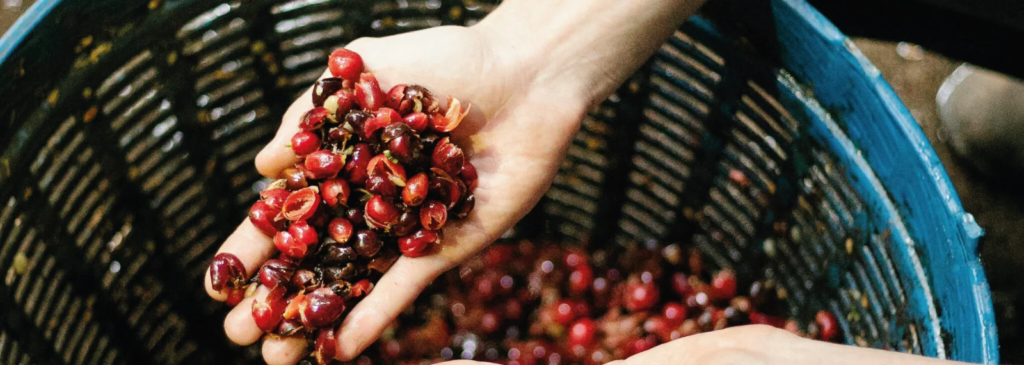
Coffee husks are the outer layer of the coffee fruit that contains a variety of important bioactive compounds for the plant and also has health benefits for humans
. The anatomy of this berry is similar to that of other fruits, with a thick, fleshy outer layer that surrounds the coffee seeds or beans.
Coffee berries ripen over a wide period of time, which depends on various factors such as the coffee variety cultivated, altitude, temperature, amount and intensity of sunlight, and even the care and maintenance of the coffee plantations. This means that not all berries ripen at the same time, and it is common to have to harvest the berries individually, in intervals of 7-14 days.
During the subsequent processing of coffee, the aim is to isolate the two beans containing each of these berries from the rest of the content of the cherry, removing the various layers that surround the coffee bean/seed: the coffee husk, pulp, mucilage, and parchment.
Until now, after extracting the seeds from the coffee cherry, most husks were discarded or converted into compost to be used as fertilizer on the farm. Traditionally, the husk had been discarded during the coffee bean processing, but since studies found that the husk has lower caffeine levels and a more intense flavor, many companies have started using this waste as an ingredient in their products, and also in non-alcoholic water-based beverage infusions.


